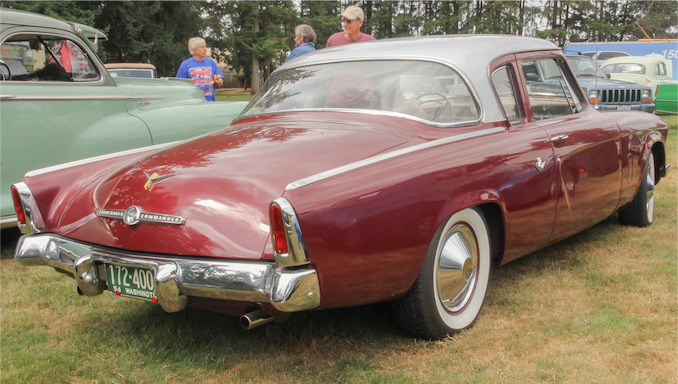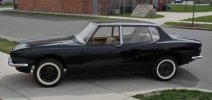That does seem to be the general outline for Packard ITTL.
In reading the pages you linked to, it does look like my $2500 figure might have been too high; maybe TTL's Packard Junior would have to go as low as $2000. It also looks like I guessed right about the Seniors: hand-building may have cost Packard over US$60 million.


could also be the Rolls-Royce L-Series V8 in terms of refinement and continous improvement (with scope for enlargement up to 7439cc).
It looks to me like Rolls came to the V8 game even later than Packard.

I'm wondering if TTL's Packard couldn't poach some Cad engineers & get their own V8 program going a lot earlier: in essence, rebadge the OTL Cad. (That does create problems for people swapping Packard V8s into Studes, tho: Studackard?

)
Free of the GM emphasis on high compression, might this Cad-like V8 take the Chrysler approach to power, instead, and go with bigger displacement? Or perhaps a hemi? (On a Packard, the high cost might be less of an issue...but production cost might still push toward the wedge soon enough anyhow.) The very idea of a Packard Clipper with a 365 or 390 Hemi...


(Or a 429!) Not to mention Packard 390s (or 429s) being the go-to engines for Top Fuel.


(I can imagine Packard management having no idea what to say about that.

)
I do dream of Packard teams in NASCAR, too.

(That's probably ASB, tho.)
A V12 may eventually be on the cards ITTL as was said to have been developed in OTL during the 1950s prior to its merger with Studebaker, though question the neccesity for a V12 since even the likes of Cadilliac and Mercedes concluded it was not worthwhile based on their own 90-degree V12 projects (IIRC Mercedes looked at a V12 based on the M100 V8 for the 600).
Cad did imagine a V12 for the Eldo, so it isn't entirely out of the question, IMO. It does depend on being a pretty niche product, though--or a high-premium one, a bit like Packard's answer to the Corvette or Thunderbird. Come to that, having Packard get there first with a V12-powered, 'glass-bodied (to help get around steel shortages) roadster...


Interested to know if Packard IOTL had any post-war plans to update their 6-cylinder to OHV (at minimum) or develop a new six before the formation of Studebaker-Packard or whether they planned to completely retreat from the luxury 6-cylinder segment?
Had they decided to retain a presence in the luxury 6-cylinder segment. It would probably be safer for ATL Packard to initally play it safe by going with an OHV 6-cylinder if they decide to go down such a road for Clipper.
I'm thinking, if we're granting them an early OHV V8, keeping a flathead straight six is going to look pretty irrational. AIUI, a big reason for not building V8s sooner was cost; TTL, I'm seeing that less an impediment. (Especially if the Seniors aren't hand-built right til the end.)
Seeing how well the 115 sold, a straight six-engined smaller Packard could be a real success. Introduced around 1960 to answer the
Falcon? (Not
this one, just to be clear.

)
Getting a working automatic trans sooner would be a really big help, IMO. I hesitate to licence from GM, but they seemed to have the best ones; improvements for the (Cad-like) V8, including a fourth (OD) gear & aluminum case, could make it effectively a Packard design & mean an end to the licence cost (not to mention being hostage to GM liking you).
While I'm thinking of it, even though IMO the PanAm lawsuit was pretty frivolous, why not avoid the Clipper name?
Anybody care to suggest if Charlie Wilson would still be SecDef TTL, & if that means Packard ends up building jet engines for U.S. fighters? (A Packard-powered F-4, anyone?

)
OTOH in the event ATL Packard still merges with a thriving Studebaker ITTL, one who amongst other thing possesses an ATL SBC-like Studebaker V8. It would probably be better for Packard to let Studebaker take over (at the expense of Clipper), especially if the ATL Studebaker V8 eventually spawns a family of engines from analogues of the Chevy 153 4-cylinder / 3rd gen Six and 90-degree V6 to a V8-based 90-degree V12.
That could be. I could picture a GM-like merger with Nash, too, where Packard's big cars keep the *Cad V8 & the smaller cars get Stude or Nash engines. Absent that, & even in that event, you may risk a lawsuit over a Packard powered by Stude--even if you
don't risk undermining the brand doing it, & you might.
Thx for those. (Like I don't have too much to read now.


)



